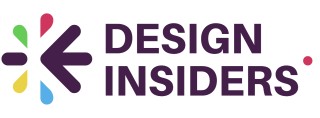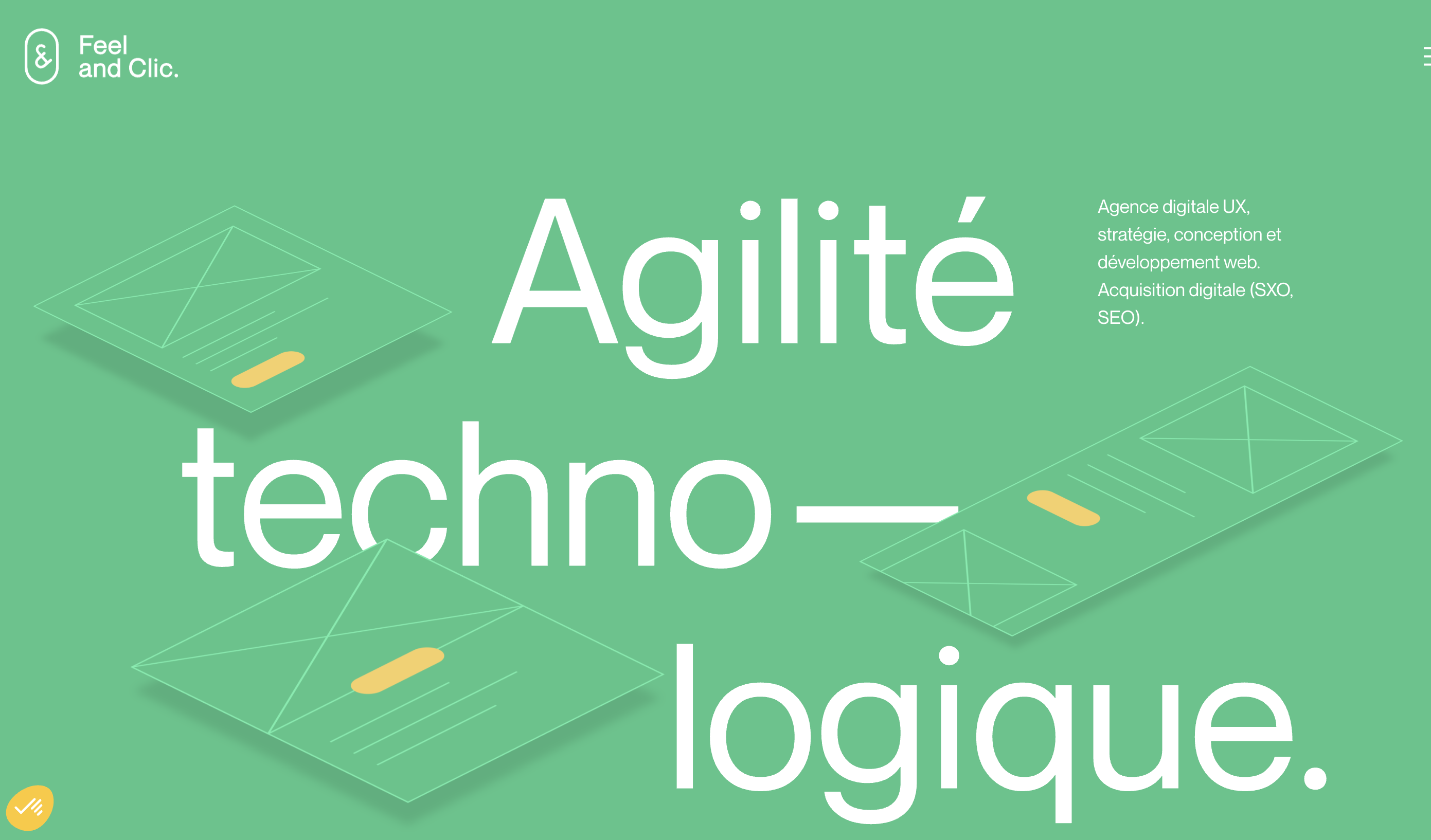
What is UX Data Analysis?
Grasping the Basics of UX Data Analysis
UX data analysis is like being a detective in the design world. It's all about digging into the numbers and stories behind how users interact with a product or service. This isn't just about collecting data, but about making sense of it to enhance the user experience (or experience utilisateur if you're feeling fancy).
Think of it as a blend of art and science. You have quantitative data, like how long it takes for a user to complete a task or the results from surveys. Then there's qualitative data, which tells the story behind those numbers. It's about understanding the besoins des users and what makes them tick.
The Role of Data in Design
Data is your best friend when it comes to improving user experience. It helps you identify what's working and what's not. Are users dropping off at a certain point? Is there a part of your product that confuses them? That's where data comes in. It's like having a map that shows you where to go next.
For designers, this means constantly analyzing and organizing data to make informed decisions. It's not just about making things look pretty; it's about creating something that works well and feels right. And when you get it right, the payoff is huge.
Personal Touch: Why It Matters
Let's face it, we've all been frustrated by a product or service that just didn't work the way we wanted. Maybe it was a confusing app or a website that took forever to load. UX data analysis aims to eliminate those frustrations. By understanding the user's journey, designers can create experiences that feel intuitive and seamless.
In my own experience, working on a project where we really focused on data analysis made all the difference. We were able to pinpoint exactly where users were getting stuck and made adjustments that improved their experience significantly. It's a game-changer when you see users interacting with your design the way you intended.
For more insights on how to master the art of user experience and interface design, check out this resource.
Key Metrics in UX Data Analysis
Important Metrics for Understanding User Engagement
To make design decisions that genuinely resonate with users, diving into the real insights that data provides is essential. User experience (UX) data analysis isn’t just about the numbers, but about discerning what those numbers say about how users interact with your product or service. Certain metrics play a pivotal role in this analysis process:- User Satisfaction Score: Often gathered through surveys or usability testing, these scores help in assessing how content users are with different features. Understanding user satisfaction can point you toward potential improvements.
- Time on Task: This helps you identify the time users spend on completing specific tasks, providing insight into which actions are intuitive and which might be causing frustration.
- Conversion Rate: Tells you how many people actually complete the desired action after visiting a page. This sheds light on the effectiveness of the design in meeting both user needs and business goals.
- User Retention Rate: Keeping track of returning users will help you measure the ongoing interest and satisfaction of users with your product.
Balancing Quantitative with Qualitative Insights
While quantitative data tells you ‘what’ is happening, qualitative data answers ‘why’. This typically involves analysis qualitative methods like interviews, observations, and open-ended survey questions. These insights offer a deeper understanding of users' experiences, providing context to numbers and often revealing needs not detected through quantitative analysis alone. Consider this: If you notice a high bounce rate on a page, you might use qualitative surveys or usability testing to ask users directly why they aren’t staying. Often, they’ll highlight design or usability issues that numbers alone cannot explain. Here's where the art of UX data analysis and interface design come together to shape a cohesive user experience. Check out our in-depth guide on user experience and interface design for actionable tips and real-world examples. In a constantly shifting digital space, it’s the designers who adapt and balance both quantitative and qualitative insights that deliver products creating meaningful and engaging interactions for users.Tools and Techniques for Effective UX Data Analysis
Getting the Right Tools for the Job
When it comes to UX data analysis, having the right tools can make all the difference. Whether you're dealing with quantitative data or qualitative data, there's a tool out there that can help you get the job done efficiently. Let's look at some popular options that can streamline your analysis process and improve the user experience of your product.
Analytics Tools: The Backbone of Data Collection
Google Analytics is a staple for many in the field. It provides a wealth of information about user behavior, helping you understand how users interact with your site. But don't stop there. Tools like Hotjar offer qualitative data through heatmaps and session recordings, giving you a visual representation of user interactions. These tools can help you organize data and identify patterns that might not be immediately obvious.
Surveys and Feedback: Direct Insights from Users
Surveys are a great way to gather qualitative data directly from users. Platforms like SurveyMonkey and Typeform offer intuitive interfaces to create and distribute surveys. They allow you to ask users about their experiences, expectations, and any pain points they encounter. This collecte donnees is invaluable for tailoring your produit service to meet the besoins des users.
Usability Testing: The Real-Time Experience
Usability testing tools like UserTesting and Lookback provide a platform for conducting tests utilisabilite. These tests let you observe users as they complete tasks, offering insights into how your design performs in real-time. This kind of evaluation is crucial for identifying analysis qualitative insights that can inform your design decisions.
Organizing Your Data for Actionable Insights
Once you've gathered your data, tools like Tableau and Microsoft Power BI can help you organize data into visual dashboards. These platforms allow you to create interactive reports that make it easier to spot trends and draw conclusions. Remember, the goal is to turn raw donnees into actionable insights that enhance the experience utilisateur.
For more on how to effectively use these tools and techniques, check out our article on exploring the latest UX design trends.
Challenges in UX Data Analysis
Overcoming Hurdles in User Experience Data Analysis
When you're knee-deep in user experience data analysis, challenges can pop up like weeds in a garden. But don't worry, every gardener has their tools. Let's chat about some common bumps on the road and how to smooth them out.
Messy Data: Taming the Beast
One of the first hurdles is dealing with messy data. Imagine trying to organize a cluttered room without a plan. Quantitative data and qualitative data can come from all over—surveys, usability testing, user feedback—and it's your job to make sense of it all. A solid analysis process can help you identify les besoins des users and organize data effectively. Remember, data analysis isn't just about crunching numbers; it's about making those numbers talk.
Quantitative vs. Qualitative: The Balancing Act
Another challenge is balancing quantitative data and qualitative data. Numbers can tell you what is happening, but not why. That's where qualitative data comes in. It's like having a conversation with your users, understanding their experience utilisateur. But how do you weigh one against the other? It's all about context. Both types of data are crucial for a complete task evaluation.
Time Constraints: Racing Against the Clock
Time is often not on your side. The pressure to deliver results quickly can lead to rushed analysis, which might miss crucial insights. It's like trying to finish a marathon without proper training. Taking the time to thoroughly analyse donnees can prevent costly mistakes down the line. Sometimes, it's worth slowing down to speed up later.
Tools and Techniques: Finding the Right Fit
In the toolbox of UX data analysis, not every tool fits every job. From surveys to usability testing, finding the right technique pour your product or service can be tricky. It's about matching the tool to the task, like using a hammer for nails, not screws. Experimentation and experience will guide you to the right choices.
While these challenges in UX data analysis might seem daunting, each one is an opportunity to refine your skills and deliver a better product. The more you understand your users, the more you can improve their experience.
Case Studies: Successful UX Data Analysis
Real-Life Wins with UX Data Analysis
When it comes to UX data analysis, seeing real-world examples can make a huge difference in understanding its impact. Let's look at some success stories where data analysis played a pivotal role in improving user experience.
Spotify: Tuning into User Preferences
Spotify, the popular music streaming service, uses both quantitative and qualitative data to enhance its user experience. By analyzing listening habits and conducting surveys, they identified that users wanted more personalized playlists. This insight led to the creation of the "Discover Weekly" feature, which quickly became a hit. The analysis process involved organizing data from user interactions and feedback, allowing Spotify to tailor its offerings to meet the needs of its users.
Airbnb: Enhancing the Booking Experience
Airbnb's success story is another testament to the power of UX data analysis. They focused on usability testing and data collection to understand how users interacted with their platform. By identifying pain points in the booking process, Airbnb was able to streamline the user journey, reducing the time it took to complete tasks. This not only improved user satisfaction but also increased booking rates significantly.
Netflix: Binge-Worthy Insights
Netflix is renowned for its ability to keep viewers engaged. Behind the scenes, they rely heavily on data analysis to understand viewing patterns and preferences. By analyzing qualitative and quantitative data, Netflix can recommend shows and movies that match user interests. This personalized approach has been key to retaining subscribers and enhancing the overall user experience.
Future Forward: Data-Driven Design
These case studies highlight the importance of data analysis in UX design. By leveraging quantitative data and qualitative insights, companies can make informed decisions that resonate with their users. As we look to the future, the ability to analyze données effectively will continue to be a game-changer in creating products and services that truly meet the besoins des utilisateurs.














